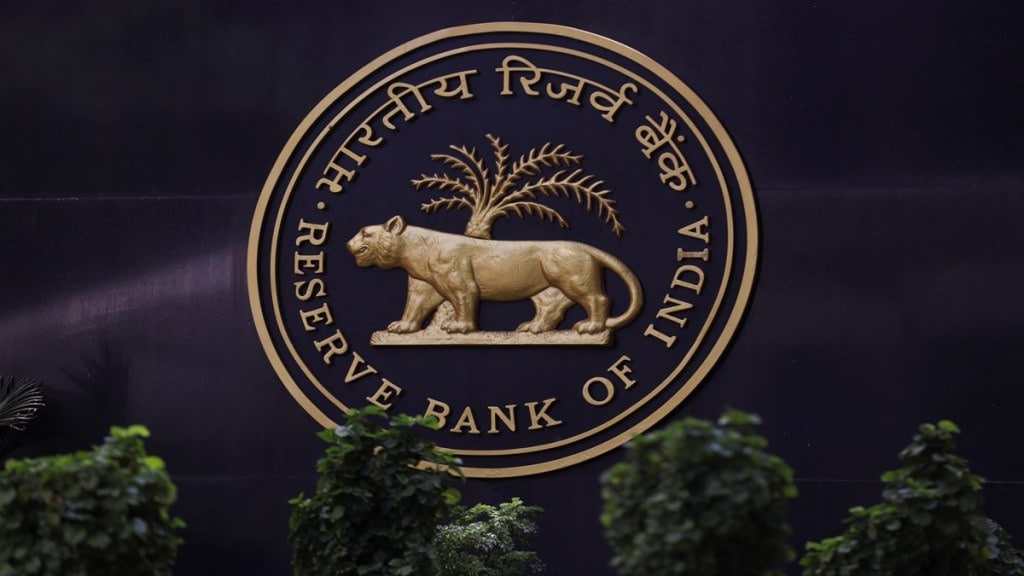The Reserve Bank of India (RBI) has released the September 2025 bulletin which noted that the latest GST reforms will bring a positive impact on the Indian economy. The report said India’s economy showed strong resilience in the first quarter of FY26, with GDP growth touching a five-quarter high of 7.8 per cent.
Here is a detailed analysis of RBI outlook ahead of the RBI MPC meeting that is scheduled to begin from September 29 to October 1.
US tariffs, IT sector concerns fail to dent growth momentum
Despite global headwinds, including fresh US tariffs and concerns in the IT sector, the RBI said India’s economy remains resilient. It projected growth to stay strong in the second half of the year, supported by healthy corporate balance sheets and ongoing reforms. The bulletin said GDP in Q1 FY26 hit a five-quarter high, driven by robust manufacturing and services activity. Nominal GDP growth slowed to 8.8 per cent, with the GDP deflator slipping to a record low of 0.9 per cent.
GST reforms to boost ease of doing business
The report highlighted that the GST reforms are set to improve ease of doing business, reduce retail prices and fuel consumption growth.
“The landmark GST reforms should progressively result in a sustained positive impact through significant gains in ease of doing business, lower retail prices and strengthening of consumption growth drivers,” said the article on the state of the economy published in the RBI’s September Bulletin.
NBFC sector remains robust
The RBI bulletin observed that NBFCs play a crucial role in India’s economic growth by financing infrastructure, housing, vehicles and consumer goods. This, in turn, boosts demand, generates jobs and supports overall growth.
Credit growth in NBFCs has stayed in double digits, with lending to industry and retail sectors dominating portfolios. The sector also remains sound on profitability and prudential indicators like return on assets, net interest margins and non-performing assets.
The bulletin added that “the spike in growth rate of unsecured loans was contained through an increase in risk weights in November 2023.” It noted NBFCs continue to rely heavily on bank borrowings and debentures for funding.
The introduction of the Liquidity Coverage Ratio (LCR) is expected to strengthen their short-term resilience. However, with growing use of artificial intelligence and machine learning, the RBI urged NBFCs to remain alert to cyber risks.
Inflation stays below target, Manufacturing PMI hits near 18-year high
CPI headline inflation inched up but stayed well below the target rate for the seventh straight month, driven mainly by food prices. Core inflation also rose slightly, reflecting higher gold prices.
On the activity front, high-frequency indicators for August 2025 pointed to strong momentum. The manufacturing PMI surged to a near 18-year high, while the services PMI expanded sharply to 62.9, underscoring broad-based growth in both sectors.
Balance sheets, kharif sowing, and income tax relief to support momentum
Looking ahead, the central bank said the second half of the year looks promising, aided by healthy corporate balance sheets, kharif sowing, and income tax relief measures.
“The transmission of the front-loaded monetary policy easing measures has been robust. Coupled with income tax relief for households and employment-augmenting measures, the stage is set for a sustained pick-up in consumption demand in H2 and potentially for a virtuous cycle of higher investments and stronger growth impulses, overcoming persistent global uncertainties,” the bulletin added.

